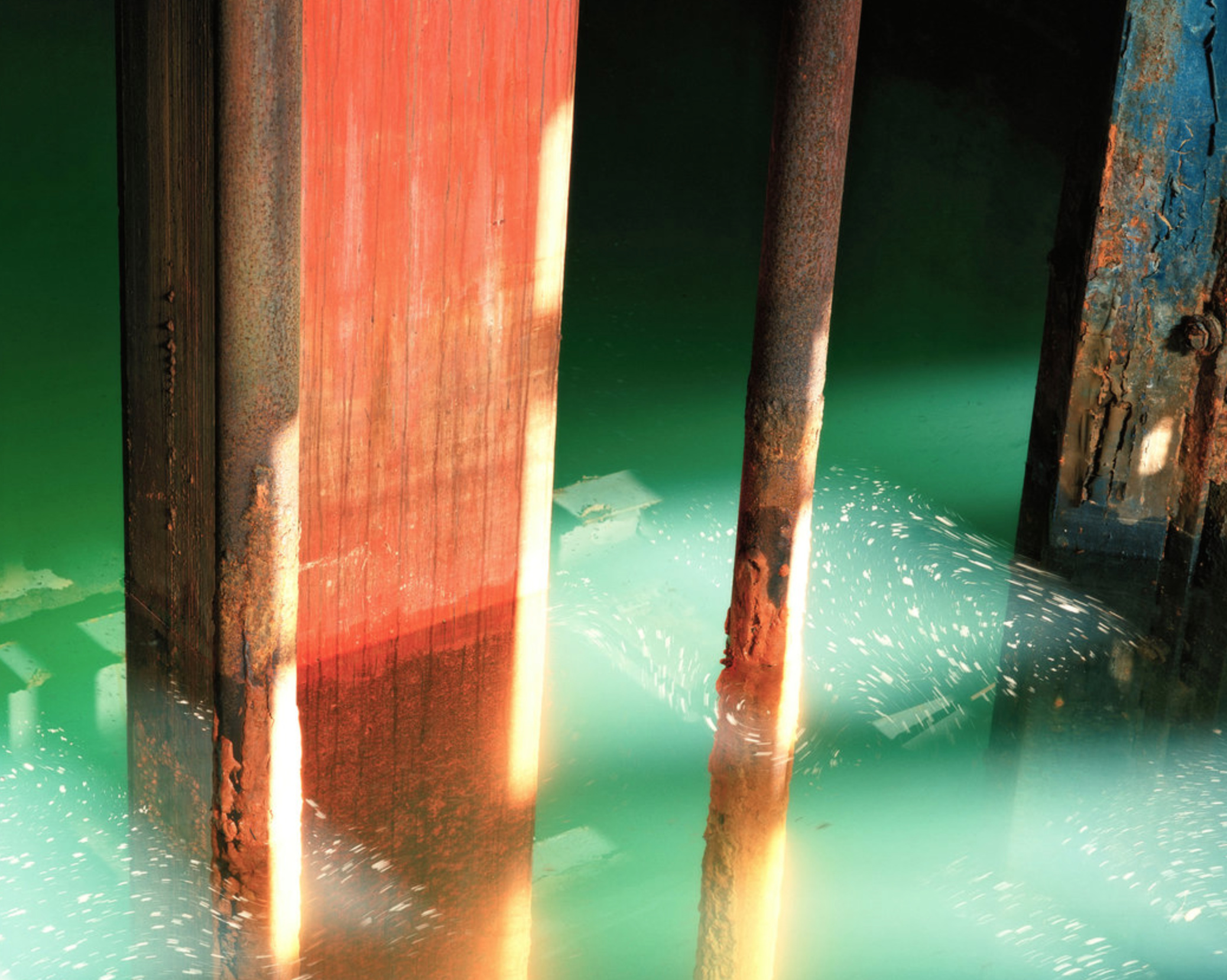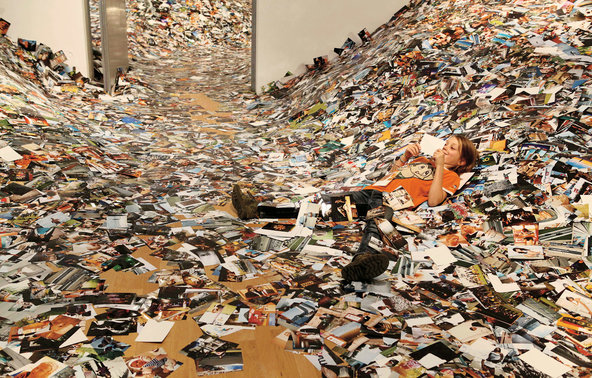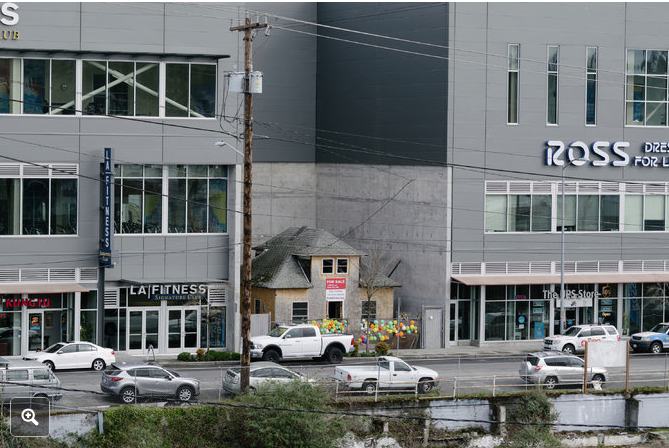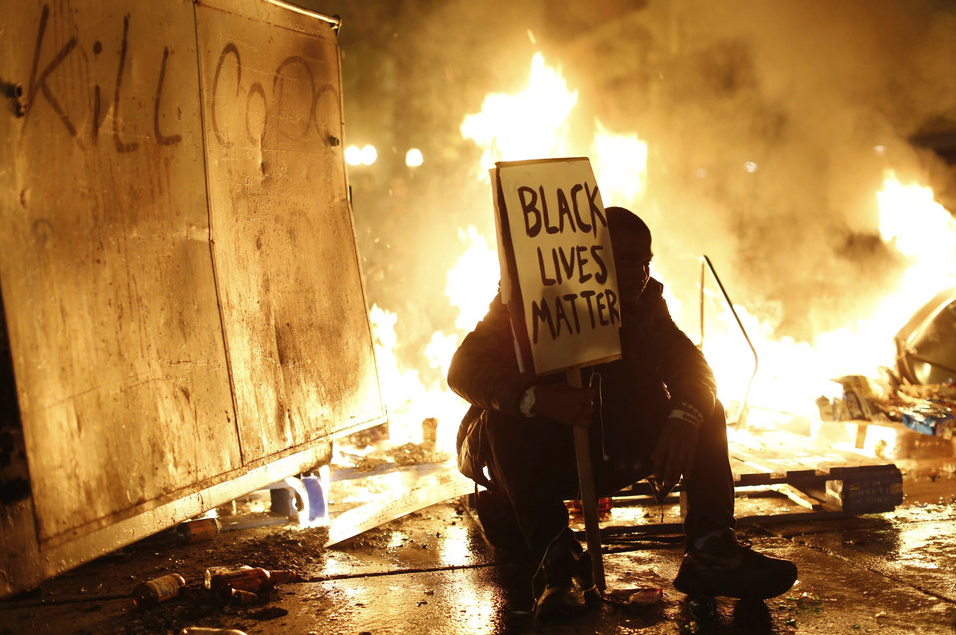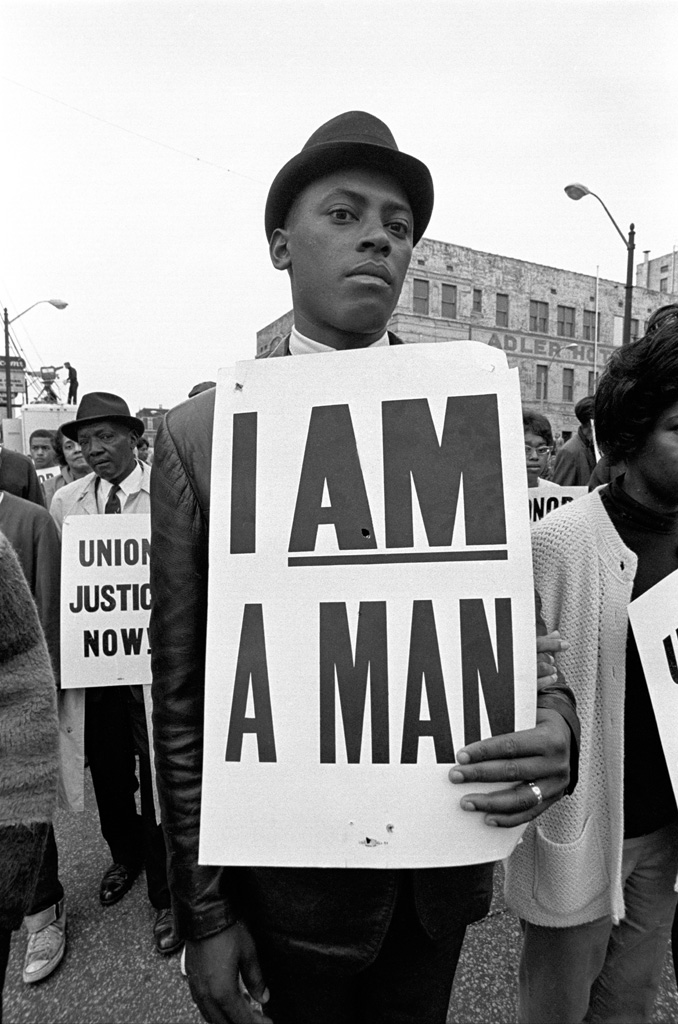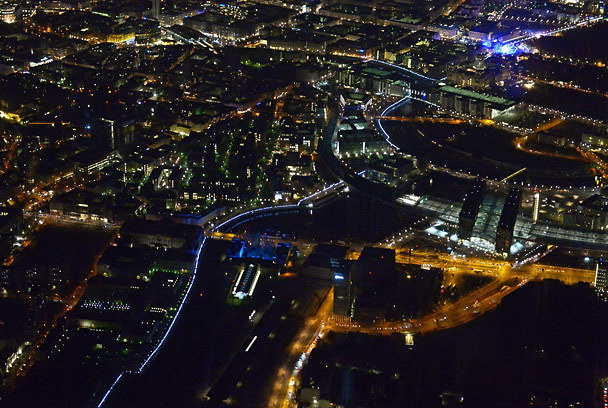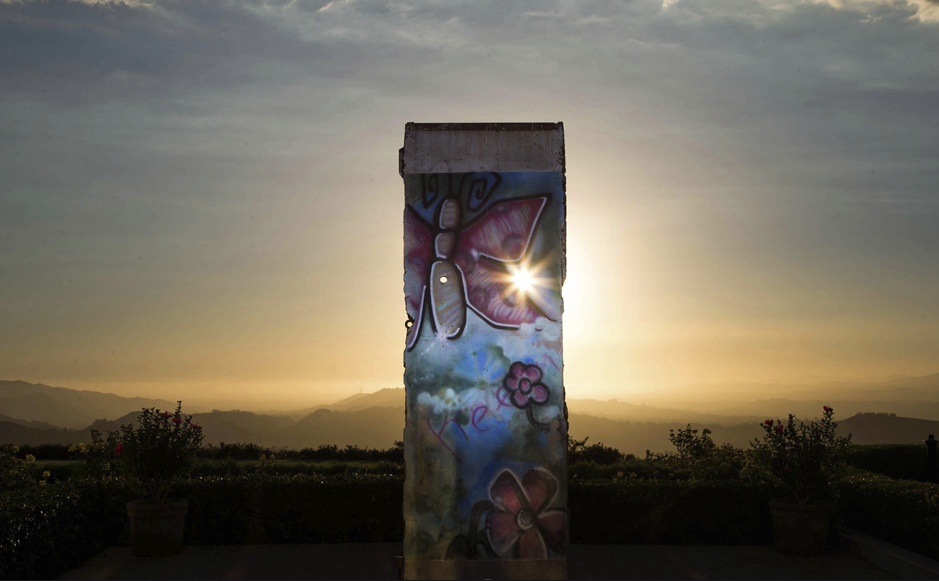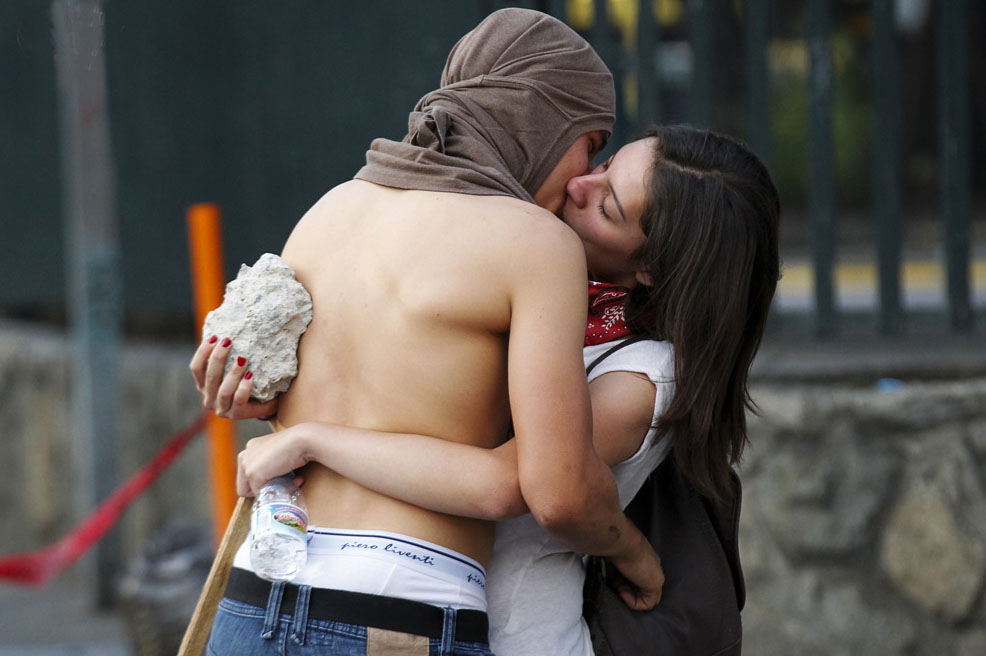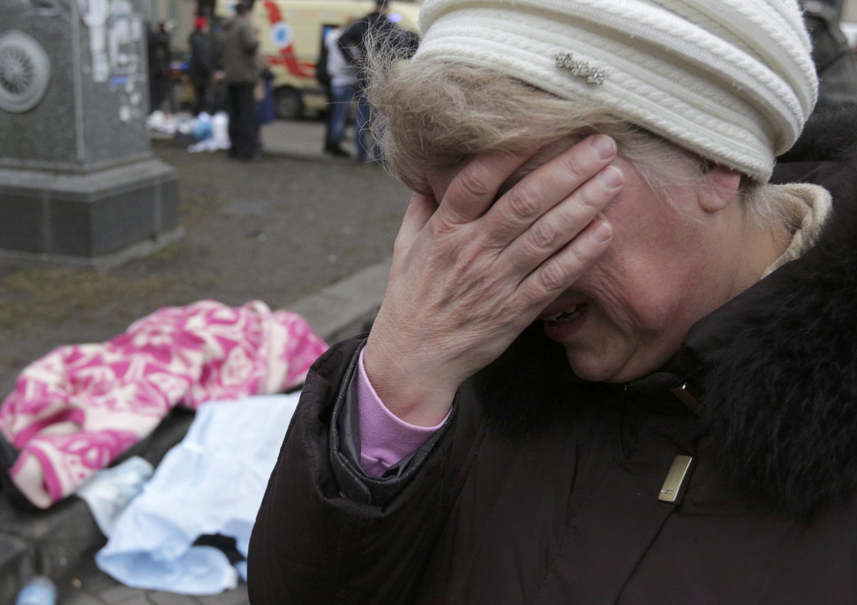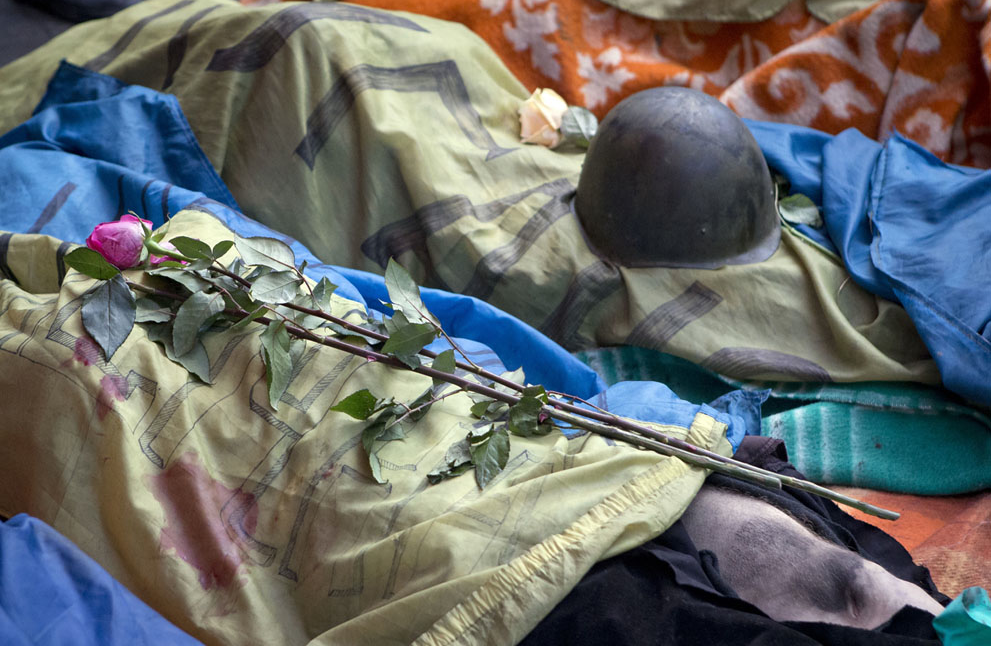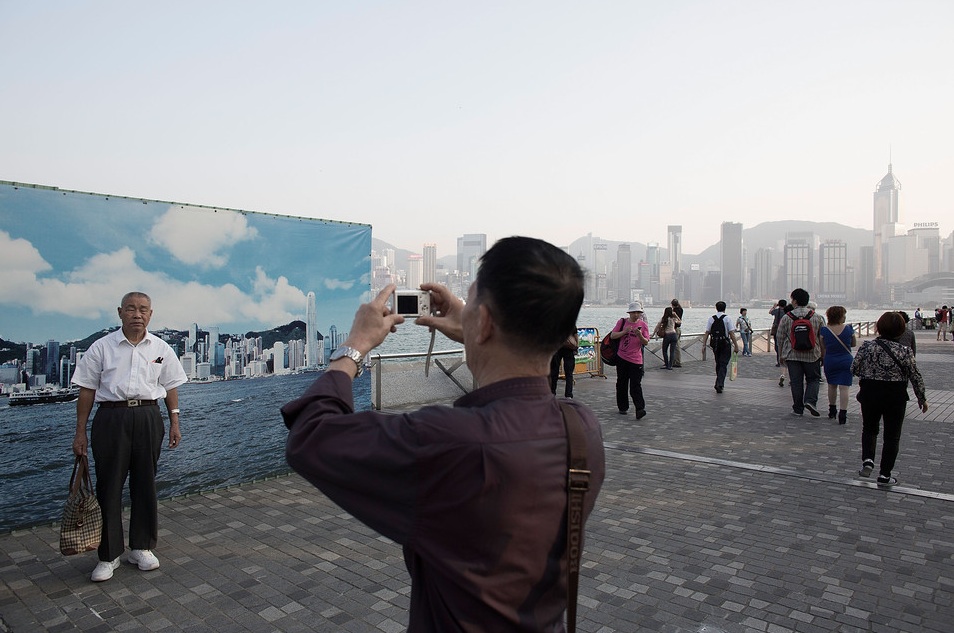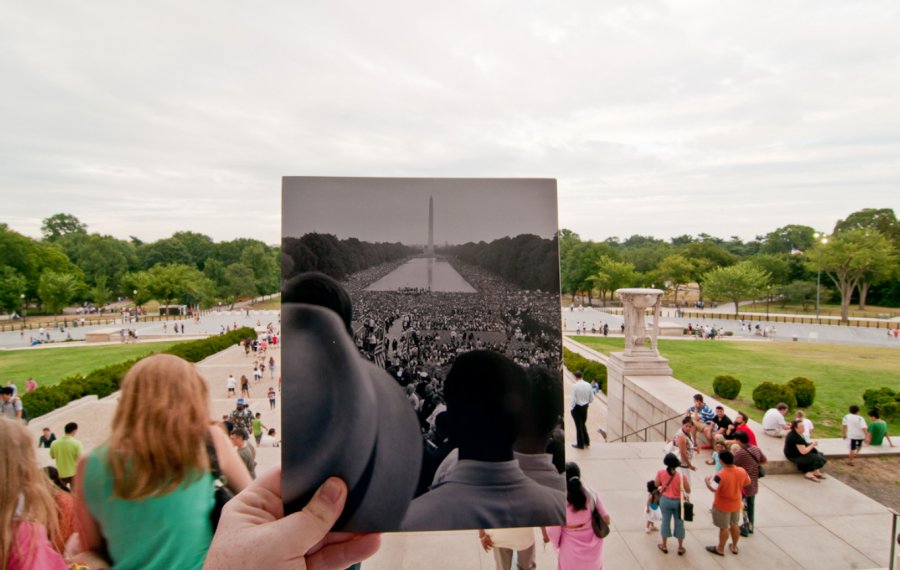Photographs serve many purposes, not least witnessing and memory. Here we have a photograph of a cotton field in the Mississippi Delta near the town of Money. But what is being witnessed or remembered?
You probably have never heard of Money, Mississippi, but you probably have heard of Emmett Till. An African American born in Chicago, he visited relatives in Money at the age of fourteen during the summer of 1955. While there he allegedly “flirted” with a married woman—a white, married woman—in a local grocery store. And for that “crime” he was stripped, beaten and shot in the head, his face mutilated beyond all recognition, and his bodied tied to a cotton-gin fan and deposited in the Tallahatchie River. Till’s mother insisted on an open casket funeral and the now famous photograph of the disfigured Emmett Till appeared first in Jet magazine before being picked up by the mainstream media. The two perpetrators—Roy Bryant and J.W. Milam—were found “not-guilty” by an all white jury who deliberated for less than an hour in a segregated courthouse in nearby Sumner, Mississippi.
One might imagine that a contemporary photographer seeking to memorialize the lynching of Emmett Till might photograph the dilapidated grocery store—or its historical marker—where Till violated the rigid codes of the Jim Crow South, or perhaps the spot on the river where Till’s body was eventually discovered. Or maybe even the Sumner, Mississippi courthouse. Instead, Andrew Lichtenstein chose to photograph a nearby cotton field.
It is hard to know if the sun is rising or setting here, but whether you imagine that the camera is facing east or west there is no question that cotton is cast within a metaphorical timescape. The sun is either setting on cotton and hence a reminder that by the 1950s the economy that relied upon it was in full decline, or the sun is rising on it, and a reminder of the new day soon to be be ushered in by the nascent Civil Rights Movement. In either case, the photograph of a cotton field in Money, Mississippi is a poignant testament to the fact that while Bryant and Milam lynched Till and tied his body to a rusted cotton-gin fan, it was truly cotton—and the economic and social order that it animated—that killed him.
Andrew Lichtenstein, Forgotten Moments

